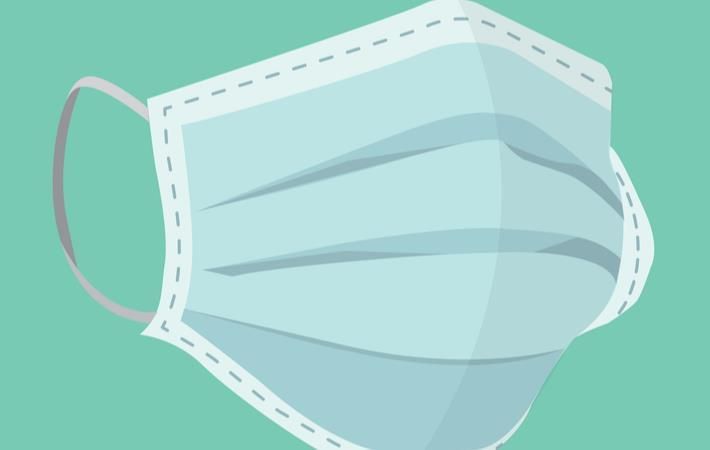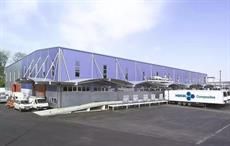
Most current protective gowns are based on the material used to wrap houses to control for heat and humidity, and have not been significantly updated in decades. In the context of protective gear, Hinestroza compared it to wearing full-body plastic pajamas while trying to work.
“It is difficult to work for more than two hours wearing this kind of protective gear,” said Park, who is leading the design side of the collaboration. “The microclimate humidity reaches 100 per cent in five minutes. The boots or protective shoes fill with sweat in 30 minutes. It’s an unbearable amount of heat inside this gear, which means they have to change every two hours.”
Not only do these conditions make it more difficult to work, as goggles fog and boots become puddles. It also makes following the hourlong process of donning and doffing the gear that much more challenging, which increases the chances of cross-contamination.
Another common failure of gear, particularly among health care providers and first responders, occurs at the interfaces between boots and pants, gloves and sleeves, and hoods and masks.
“They typically use duct tape or cover the intersection multiple times with some thick, impermeable materials that have not been successful,” Park said. “We are trying to develop a new closure system that can completely seal the interface to prevent contamination.”
In 2015, in response to the Ebola outbreak, Park designed a unique closure system that allows the garment to fall to the ground in a single piece as the user takes it off, without requiring much movement.
Other aspects of the collaboration include designing garments that fit a wider range of body shapes and sizes, streamlining procedures for putting on and taking off the gear, improving the fit of respiratory masks, and developing new techniques for disinfecting respiratory masks using electrostatic charges, allowing health care providers to safely reuse them.
Hinestroza said the images he sees on the news remind him of the important role textiles play.
“We often see a doctor in protective gown and a patient in a bed covered with a bedsheet and connected medical equipment,” he said. “Sometimes these materials are taken for granted, but there is a lot of science behind each one of those fibres.”
Fibre2Fashion News Desk (SV)

